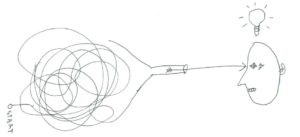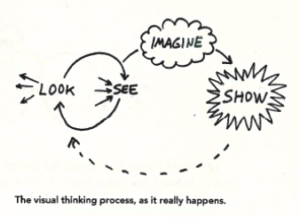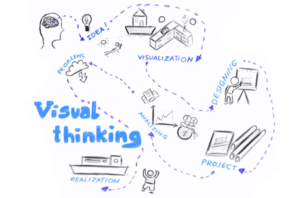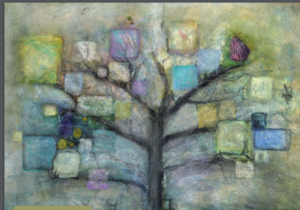The unprecedented situation created by the global pandemic has put the spotlight on the education system. Most of the institutions of learning are moving to online platforms, and the focus has shifted to Digital Technologies in Education. The world is forging a new paradigm for learning.
The Pressure on the Indian Education System: As per AISHE portal of MHRD, in 2019 India had 37.3 million students enrolled in higher education, in 993 universities, and around 42,000 colleges and 10,700 standalone institutes of higher learning. Our current gross enrollment ratio from school to college is only 1:4, and this number for tribal areas is lowest at 1:7.
As per World Bank the world is in a learning crisis due to the poor quality of education. The current education systemin India is also failing to cope with the demands placed on it. 90% of the Indian universities are below par. How can we provide quality education within our limitations?
Tech in Education: Embracing technology to teach is the opportunity and the answer for the way forward. Technology in teaching has greater reach and here to stay. We in India leverage this push provided by technology to address the limitations of the pandemic. A session on zoom has a greater reach than a traditional classroom lecture. Online-classes and recorded courses will build on the current system. This will bring more quality control and outreach.
Online education is a paradigm shift towards blended education. Going forward, use of artificial intelligence, virtual and augmented reality will bridge the gap of synchronous education environments. EdTech will be data-driven, will use immersion technology, video content and allow for personalization and adaptive learning.
Skills vs Degrees: Degrees are not going to be important. Learning specific disciplines will lose focus. We will see cross-discipline, inter-discipline learning aligned to individual’s focus and needs. There will be close integration between academia and industry. As things change rapidly, every organization will be a learning organization. Corporate India is beginning to feel obsolete – it will need to help the employee to figure what to learn.
Self-Directed, Lifelong Learning: We are evolving from specific degrees in specific time-frames to lifelong learning. Learning will be in blocks as when the individual requires it. The boundaries between discipline will blend and students will redefine their own purpose-driven program. Our understanding and expectations of what education is, will change accordingly.
People are by nature curious, with a desire to progress. The next generation of students will be self-directed. It will be the responsibility of the learner to be able to define their own path. This will lead to a focus on the accountability and responsibility of the student.
Our job as educators is in inspiring and keeping curiosity alive.
To know about how IILM is incorporating technology for virtual classroom delivery and inclusive education, please visit our website – www.iilm.edu







